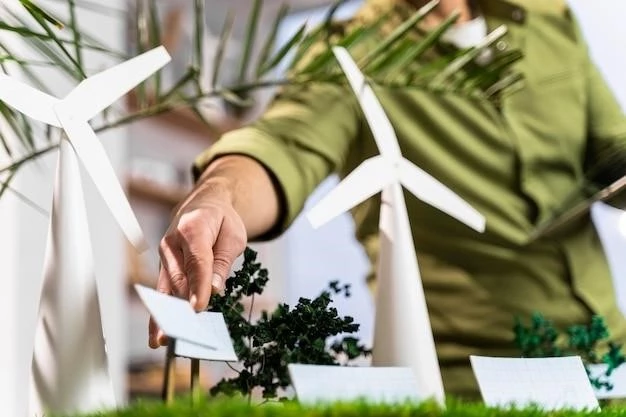In the face of a rapidly changing climate and the urgent need to mitigate the impacts of human activity on the environment, the role of renewable energy sources has taken center stage. Renewable energy, derived from naturally replenishing resources like sunlight, wind, water, and geothermal heat, offers a sustainable alternative to fossil fuels, which are the primary contributors to greenhouse gas emissions and climate change. This article delves into the profound impact of renewable energy on environmental protection.

Reducing Greenhouse Gas Emissions
Fossil fuel combustion releases carbon dioxide, methane, and other greenhouse gases into the atmosphere, trapping heat and causing global warming. Renewable energy sources, on the other hand, generate electricity without emitting these harmful gases. Solar, wind, and hydro power plants produce clean energy, significantly reducing carbon footprints and mitigating the negative impacts on the environment.

Improving Air Quality
Air pollution from fossil fuel power plants contributes to respiratory illnesses, cardiovascular problems, and premature mortality. Renewable energy sources, particularly solar and wind power, do not release pollutants into the air. Replacing fossil fuels with renewable energy sources results in cleaner air, healthier communities, and reduced healthcare costs.
Protecting Water Resources
Fossil fuel extraction and power generation often involve the use of large amounts of water. Coal-fired power plants, for example, require vast quantities of water for cooling, contributing to water scarcity and pollution. Renewable energy sources, such as solar and wind power, have minimal water requirements, preserving precious water resources for other uses.
Biodiversity Conservation
Fossil fuel extraction and power generation can have devastating effects on biodiversity. Mining operations disrupt ecosystems, and oil spills pollute habitats. Renewable energy sources, by contrast, have minimal impact on wildlife and habitats. Solar farms and wind turbines can be designed to minimize disruption to ecosystems, ensuring the preservation of biodiversity.
Sustainable Development
Renewable energy sources contribute to sustainable development by providing a reliable and clean energy source for the future. They are a key component of a circular economy, where resources are used efficiently and waste is minimized. By investing in renewable energy, we can create a more sustainable and resilient society that can meet the needs of the present without compromising the ability of future generations to meet their own needs;
Conclusion
The role of renewable energy in environmental protection is undeniable. By reducing greenhouse gas emissions, improving air quality, protecting water resources, conserving biodiversity, and promoting sustainable development, renewable energy sources offer a path toward a cleaner, healthier, and more sustainable future. As we continue to face the challenges of climate change and environmental degradation, investing in and promoting renewable energy is essential for safeguarding our planet and ensuring a sustainable future for generations to come.










